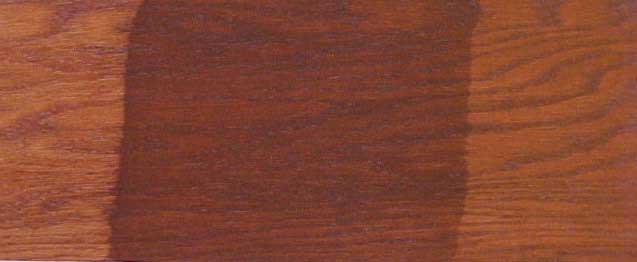The Search for the Perfect Finish
In your dreams, what properties would the ideal finish coating have? Pros exchange thoughts and opinions. July 6, 2005
Question
What are people looking for in the perfect finish? Ill start out by saying that right now I think the best combo I have run into as far as performance; ease of use, cost, and look is the Gemini 21 day CV over a vinyl sealer. The biggest drawback is the solvents that are used are the long term health effects and environmental costs they create to the general public.
I also use the waterbornes from VanTechnology(482) and in many cases they work very well. On woods like maple and birch, when used with a sanding sealer you can get a good build and a smooth finish. On Oak, which is 90 percent of my work, I always have big problems with grain rising, especially when used in conjunction with WB stains. The other issue with WB finishes is the way they look over time. SDA craft Duravar, which I used for a while, still looks pretty good after 4 plus years. All of the projects that I used Vantech products on seen to have held up really well and none are showing signs of wear that I have seen.
Forum Responses
(Finishing Forum)
From contributor B:
The best finish I ever sprayed was a pre-cat lacquer with self seal finish. There was no catalyst to mess with, and it was reduced with 15% thinner and was surprisingly hard stuff. You could take acetone and rub the finish about ten times before it started to bite into the finish, and could also get a great semi-filled look with a double coat to seal-sand and a double coat to finish. I never had this finish fail on me with any commercial job or residential job.
From contributor C:
The perfect finish would be a spray that would be able to self seal. It would also have a long pot life, 15 minute drying time, and be environmentally friendly as well as finisher friendly. It would also have static properties, a smooth flow out, be easily repairable and quick and easy clean up.
From contributor B:
The technology is already here, it's called after-burners and what they do is pipe in propane to some type of ignition source. It burns up all the Volatile organic compounds that would usually get venting into the air. Problem is that it uses propane for one, and it does get expensive to run the propane while operating.
From contributor S:
What I don't understand is, if they make an organic filter for your face mask so you can breath clean air in your paint booth, why can't they make that same filter for the exhaust ducts? Am I missing something here?
From contributor D:
I have been spraying for 25 years. I have sprayed everything. In the past two years I have been shooting IC&S ultra solids con var over SW quick dry vin sealer. It has a 30 day pot life, very low voc's, no formaldehyde, is virtually hap free, and you can put 15 minute wood stain in it as well as dyes. It also has a little longer open time than precat, which is better for large surfaces.
From contributor S:
My shop has used S/W CV for years and has been reasonably satisfied. We use Mohawk touch up products and used their lacquer years ago until the hazmat fees got ridiculous. We had been about their new HAPS compliant low Voc product finishing line. We were skeptical, but we had tried everything else. We started with the CV and it performed very well, although it was considerable different than the S/W we were using.
We also tried their Post Cat Lacquer. It is the best product we have ever used. It can be catalyzed when you want and it has a six month pot life easy reparability, high solids, and self sealing.
